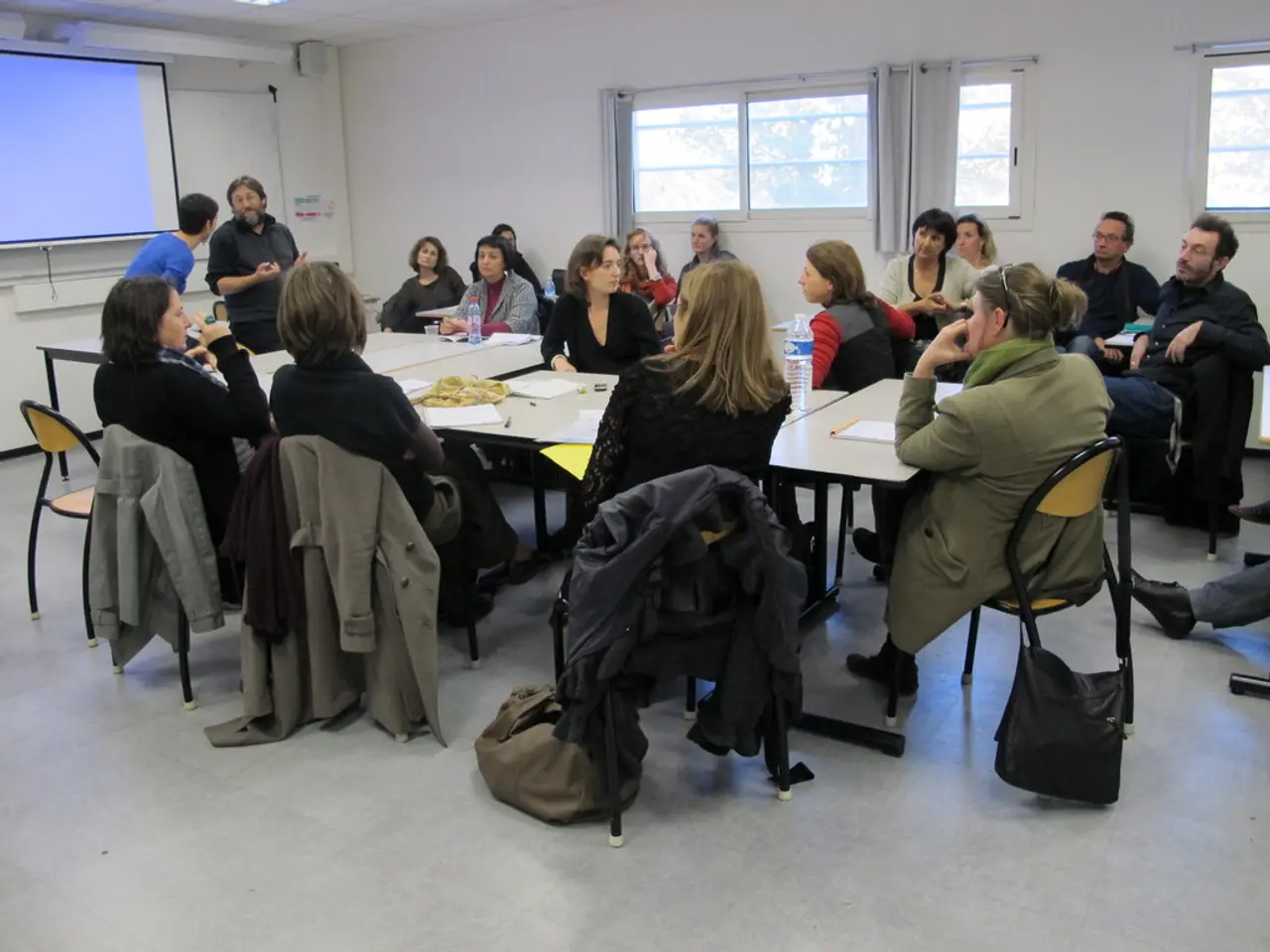Magnified image of Oxytricha trifallax under a scanning electron microscope.
In a groundbreaking discovery, scientists from the United States and Switzerland have sequenced the complete genome of Oxytricha trifallax, a single-celled organism that swims in ponds and puddles in search of microbes to consume. This tiny creature, no larger than a quarter of a millimeter, has a unique genetic organization that sets it apart from most other organisms.
Oxytricha trifallax is composed of two nuclei - a micronucleus and a macronucleus. The micronucleus, surprisingly inactive, contains the complete edition of the organism's genome in a "scrambled" state. On the other hand, the macronucleus, which is the active nucleus, has undergone an unusual process during development, resulting in a genome composed of thousands of tiny, gene-sized DNA molecules known as nanochromosomes.
Each nanochromosome in Oxytricha trifallax is around 3,200 DNA 'letters' long and contains, on average, just a single gene. This is a stark contrast to the genomes of most other organisms, which usually have larger chromosomes containing many genes. The DNA in the macronucleus is extremely repetitive and fragmented, making it difficult to capture and assemble.
Interestingly, around one in ten of the nanochromosomes are broken up into smaller fragments. However, each fragmented nanochromosome still retains its own telomere, resulting in tens of millions of these protective caps in each individual. The macronucleus contains all the DNA from the micronucleus, broken up and rearranged into these nanochromosomes.
The team, led by Etienne Swart from Princeton University, found around 15,600 nanochromosomes in the genome of Oxytricha trifallax. They reported that around 96% of the genome is jettisoned during the process of copying the contents of the micronucleus into the macronucleus, leaving only the nanochromosomes.
This unique genetic organization allows for a remarkable level of gene fragmentation and reorganization, unlike the continuous chromosomes typical of other eukaryotes. This extreme fragmentation and rearrangement in Oxytricha trifallax is a distinguishing feature among eukaryotic organisms, reflecting its specialized life cycle and cellular processes.
Oxytricha trifallax moves by beating small hairs called cilia and is a protist, not an animal or plant. This discovery sheds light on the incredible diversity of life on Earth and the complexities of genetic organization even within the smallest of organisms.
- The unique genetic organization of Oxytricha trifallax, with its specialized nanochromosomes, offers a fascinating insight into the complexities of genetic structure that differ significantly from most other eukaryotes.
- This groundbreaking sequencing of Oxytricha trifallax's genome, containing thousands of nanochromosomes instead of the usual, larger chromosomes, opens up an exciting new chapter in the annals of science and medical-conditions research.
- As we continue to explore space-and-astronomy, technological advancements like the deciphering of Oxytricha trifallax's genome can provide us with valuable lessons in adaptation and resilience, drawing parallels between its survival strategies in a microscopic world and the challenges faced by humans in the vast expanse of space.




